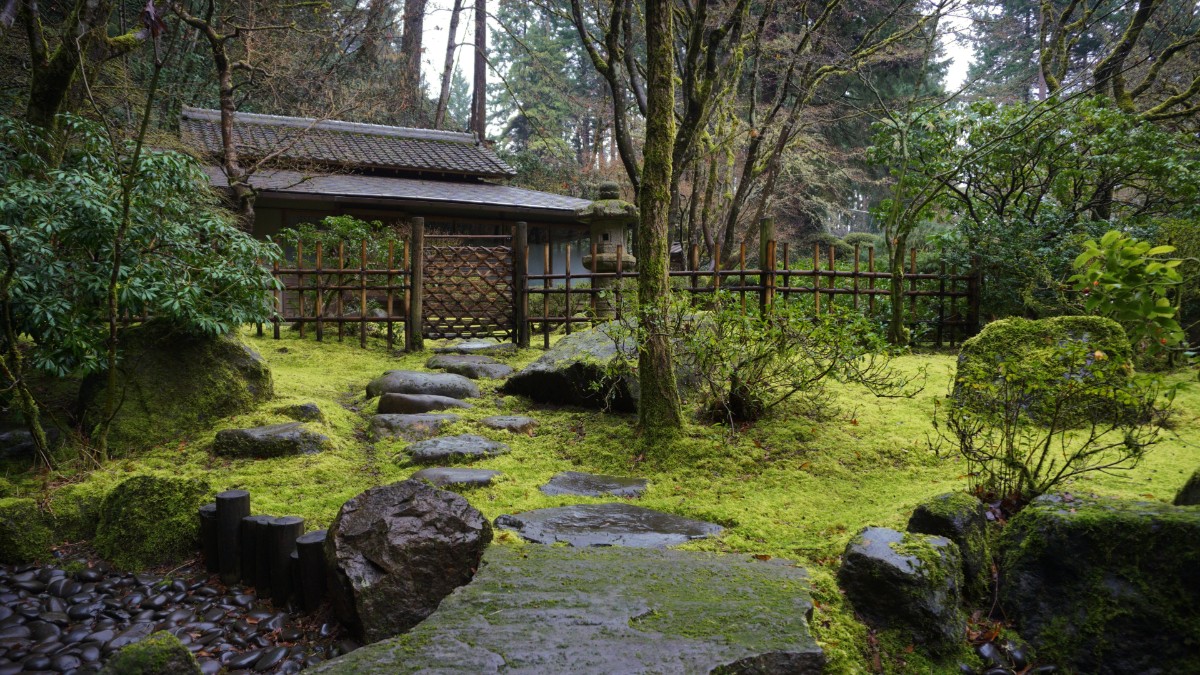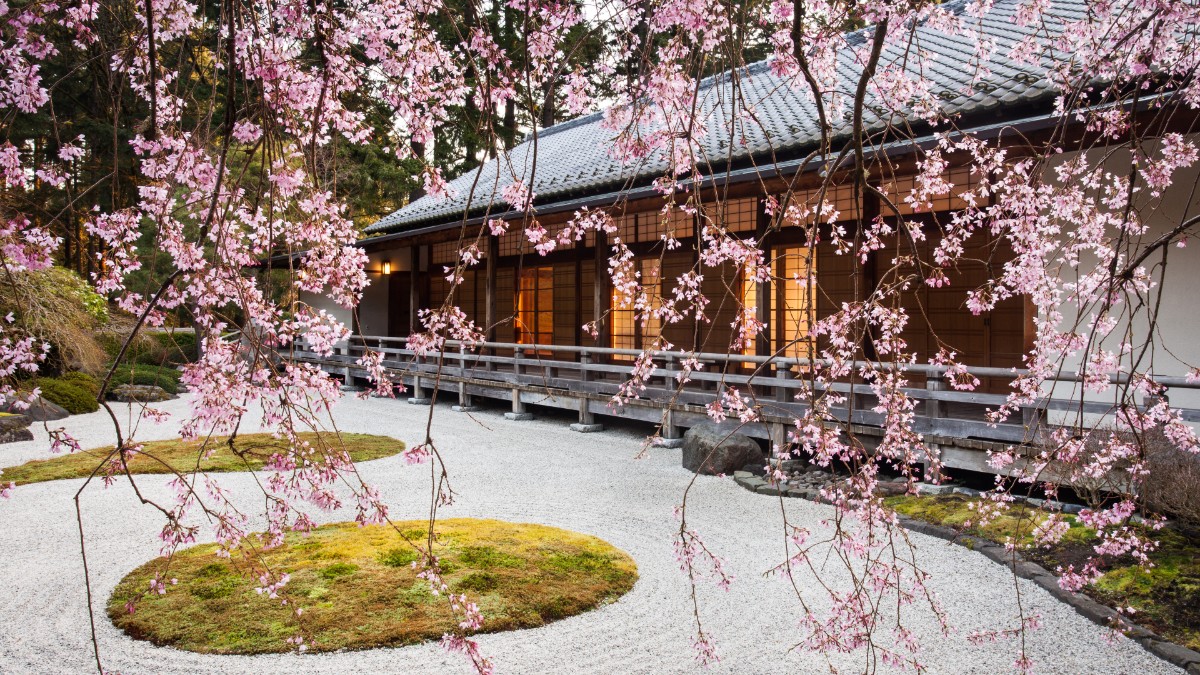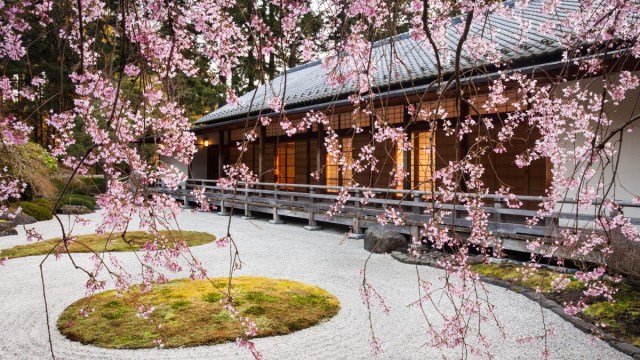Yes, it is possible to experience peace, tranquility, and calm on a family outing
Watch your entire family zen out before your eyes during a visit to the historic Portland Japanese Garden in Washington Park. A must-see for locals and tourists alike, the Japanese Garden is made up of eight unique, smaller gardens and is renowned for being one of the most authentic Japanese Gardens outside of Japan. Plus, it’s only a stone’s throw away from many of Portland’s other family-friendly spots like the Oregon Zoo, International Rose Test Garden, and the World Forestry Center. Make a day of it, pack a picnic, and get ready to learn, explore, and discover all sorts of new things right in your own backyard.

Step Back in Time
Designed in 1963, the grounds now encompasses 12 acres with eight separate garden styles. Leisurely explore each one while taking in a spectacular view of Mt. Hood. From the lush, vivid greens of the Strolling Pond Garden to the stark, empty space (or ma) of the Sand and Stone Garden, each style highlights unique aspects of Japanese garden design. Be sure to check out the Kashintei Tea House in the Tea Garden, which is where you will often find tea demonstrations and gatherings.

Garden Highlights
The Japanese Garden sprawls and sways into five verdant gardens: Flat Garden, Tea Garden, Strolling Pond, Sand & Stone Garden and Natural Garden. Spending time in each will give your crew a real sense of how mighty this place is. Everything has a reason and a there’s a reason for everything. Legions of volunteers work tirelessly to make this spot the pristine venue for all that it is; how incredible is their collective attention to detail.
Your kids will love trekking into the Japanese Garden. It’s an uphill trail of twists and turns, ready to set imaginations soaring. Once you arrive prepare to take in its splendor. Set the young amblers towards temples, a poetry stone, koi ponds, and gorgeous bridges. Keep those eyes peeled for whimsical statues, colorful flags, and symbolic artifacts at every turn.
Water is everywhere. You’ll see waterfalls, ponds, and water features throughout the grounds. Also abundant is stone. Stone pathways and steps, stone statues and monuments, and stone lion dogs are but some of the many interpretations. Nothing is without thought and purpose here.

Festivals & Celebrations at the Portland Japanese Garden
Be sure to stop by the immersive Cultural Center where you can learn more about traditional Japanese arts, enjoy seasonal activities, and watch demonstrations and performances. Sit in on a flower arranging demonstration, try your hand at ink painting, or bang your hearts out at a Taiko workshop.
There are also a variety of Japanese celebrations observed at the Japanese Garden—from Hina Matsuri (Doll’s Day) in March to O-Tsukimi, the Moon Viewing Festival at the end of September. Be sure to check the website before booking a ticket to see what’s going on that day.
You can also check out the Zagunis Castle Wall—an authentic, Japanese medieval-style castle wall built using traditional hand tools. Pretty cool, right?
Know Before You Go:
1. It’s a circular journey around the garden, but it is not always stroller friendly. If you’re bringing babies or just-walkers, try a carrier. New walkers may struggle with the stone paths, boardwalks without railings, and uneven steps.
2. There are also plenty of off-limit spots to visitors, and the garden is a tranquil environment, so go when your kiddos are fresh and mellow.
3. No outside food or drink is allowed inside the garden, so snack it up before you arrive.
4. If you’re thinking of turning the garden into your own photo shoot, remember there is a $10 tripod fee.
Hours: Wed.-Mon., 10:30 a.m.-3:30 p.m.; closed Tue.
Cost: $20/adult; $14/kids, 6-17; $17/seniors; Free, kid 5 & under;
The Portland Japanese Garden
611 S.W. Kingston Ave.
Portland
Online: japanesegarden.org













